
Mátyás Rákosi was a Hungarian communist politician who was the de facto leader of Hungary from 1947 to 1956. He served first as General Secretary of the Hungarian Communist Party from 1945 to 1948 and then as General Secretary of the Hungarian Working People's Party from 1948 to 1956.
Hungarian Turanism is a diverse Turanist phenomenon that revolves around an identification or association of Hungarian history and people with the histories and peoples of Central Asia, Inner Asia or the Ural region. It includes many different conceptions and served as the guiding principle of many political movements. It was most lively in the second half of the 19th century and the first half of the 20th century.
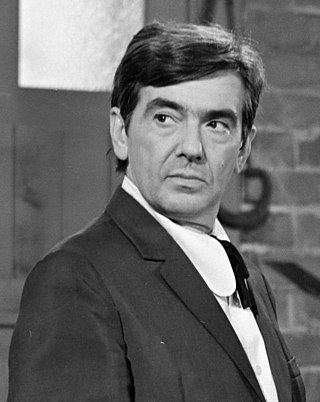
Miklós Gábor was a Hungarian actor, most remembered for his roles in films Valahol Európában and Mágnás Miska. He was husband to Éva Ruttkai, and later Éva Vass.

Klári Tolnay was a Hungarian actress. She received the Kossuth Prize in 1951 and 1952.

Stilyagi were members of a youth counterculture from the late 1940s until the early 1960s in the Soviet Union. A stilyaga was primarily distinguished by snappy clothing—preferably foreign-label, acquired from fartsovshchiks —that contrasted with the communist realities of the time, and a fascination with zagranitsa, modern Western music and fashions corresponding to those of the Beat Generation. English writings on Soviet culture variously translated the derogatory term as "dandies", "fashionistas", "beatniks", "hipsters", or "zoot suiters".
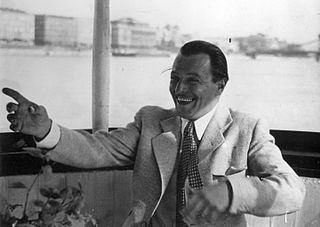
Pál Jávor was a Hungarian actor, and the country's first male movie star.
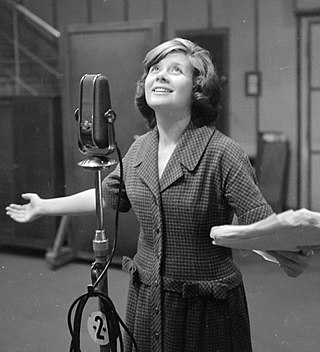
Éva Ruttkai was a Hungarian actress, well known from her work on stage, cinema, and television productions. She was the wife of Miklós Gábor, and later Zoltán Latinovits.
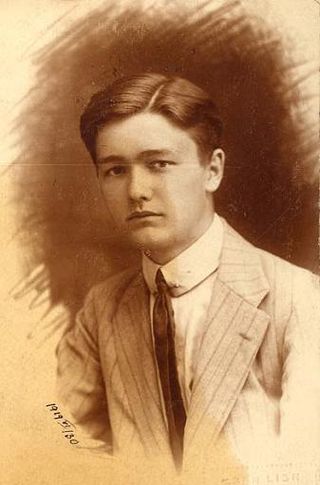
László Németh was a Hungarian dentist, writer, dramatist and essayist. He was born in Nagybánya the son of József Németh (1873–1946) and Vilma Gaál (1879–1957). Over the Christmas of 1925, he married Ella Démusz (1905–1989), the daughter of János Démusz, a keeper of a public house. Between 1926 and 1944 they had six daughters, but two of them died in infancy. In 1959 he visited the Soviet Union. In the last part of his life he lived and worked in Tihany. He died from a stroke on 3 March 1975 in Budapest and was buried in Farkasréti Cemetery, Budapest, where he shares a grave with his wife.

Hilda Emília Gizella Gobbi was an award-winning Hungarian actress, known for her portrayals of elderly women. One of her most beloved performances was as Aunt Szabo in the radio soap opera The Szabo Family. A resistance member during World War II, she attempted to facilitate the reconstruction of the National Theatre by sponsoring a fundraising drive. Committed to her craft, she founded the Árpád Horváth Actor's College (1947), a home to care for elderly actors named after Mari Jászai (1948), a second actor's home named after Árpád Ódry (1950), the Gizi Bajor Actor's Museum (1952), and bequeathed her Patkó Villa to the National Theater for the purposes of creating a theater.
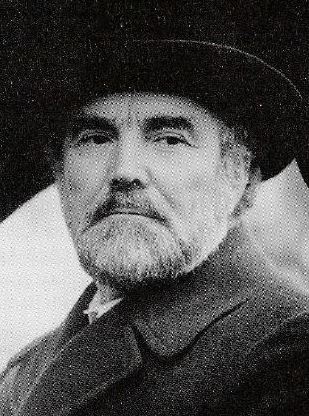
Ferenc Zenthe was a Hungarian actor, honored with being chosen as an Actor of the Nation, the Kossuth Prize and the Meritorious Artist Award of Hungary. Best known from the historical series A Tenkes Kapitánya and pioneering soap opera Szomszédok, he was regarded as one of the great talents of his generation.

János Kristóf Bródy is a Hungarian pop singer-songwriter, guitarist, composer and scriptwriter. Successful both with the bands Illés and Fonográf and in his solo career, writing lyrics for singers like Zsuzsa Koncz or for rock operas like István, a király, he was a major figure of the Hungarian music scene in the 60s–90s.
The 2014–15 Nemzeti Bajnokság I, also known as NB I, was the 113th season of top-tier football in Hungary. The league is officially named OTP Bank Liga for sponsorship reasons. The season began 26 July 2014 and concluded on 1 June 2015. Debrecen are the defending champions having won their seventh Hungarian championship last season.

Ernő Polgár was a Radnoti Prize and Nagy Lajos Prize-winning author. In 2007 he was awarded one of the highest Hungarian rewards: the Knight's Cross of the Order of the Republic of Hungary. He was nominated for Nobel Prize in Literature in 2017 for the year of 2018. He was a world literary rank Hungarian-European author, editor, littérateur and dramaturgist. Since 2018 he had been living in Borneo Island, Brunei Kingdom, spending time in his "writing house".

The Galileo Circle was an atheist-materialist student organization that functioned in Budapest between 1908 and 1919. Their center was located at the Anker Köz in Terézváros, Budapest. The circle had several subgroups with four different world views: the radical liberals, the Marxists, the anarcho-syndicalists and the socialists. However they had common goals, which included the protection of free scientific research and thinking at universities, the cultivation of social sciences, the social assistance of poor students, the spread of anti-clericalist and atheist views, the support of anti-nationalism and promoting internationalism, the propagation of anti-alcoholism, the opposition to large estates and the "reorientation of Hungarian social perception".
Tibor Várnagy is known as a Hungarian fine artist, gallery director, curator and critic.

Attila Bartis is a Romanian-born Hungarian writer, photographer, dramatist and journalist. He received the Attila József Prize in 2005. His books have been translated into over 20 different languages. In 2001, he published his second novel, Tranquility, which was adapted into film in 2008. In 2017, he became a member of the Széchenyi Academy of Literature and Arts.

Magvető is a Hungarian book publishing company based in Budapest. It primarily publishes domestic and international works of literary fiction.
Ferenc Gebauer was an Austrian-born Hungarian firearms designer and pilot during the First World War.
Sándor Haraszti was a Hungarian journalist and politician.
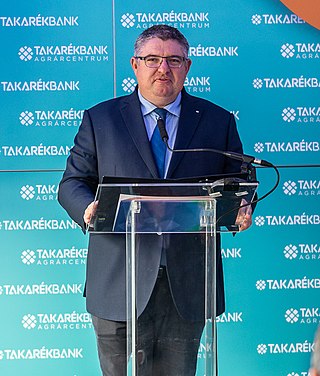
József Vida is a Hungarian economist, chairman of the board of Opus Global, former CEO of Takarékbank, and, as of 2023, with 15 billion HUF the 98th richest Hungarian.














